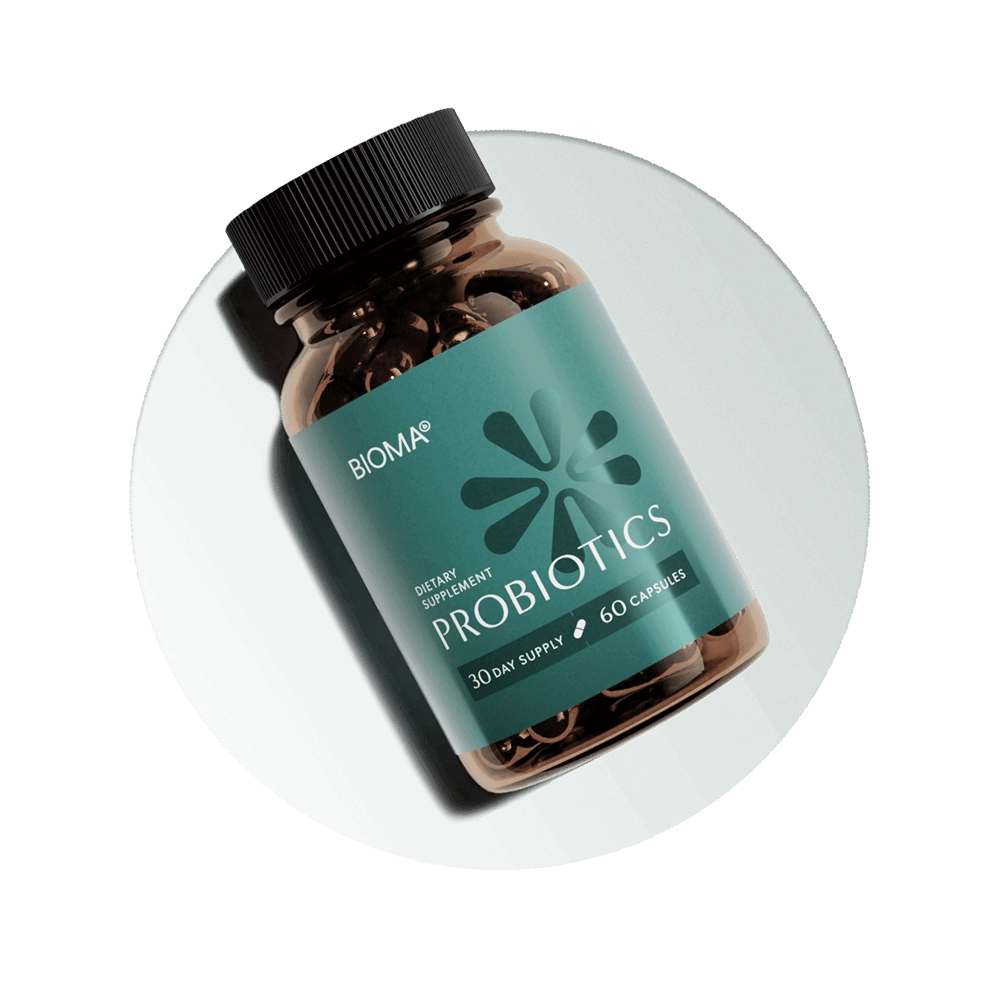GLP-1 for Weight Loss: What No One Tells You About Digestion, Fullness and Your Gut’s Role

GLP-1 for weight loss has become one of the biggest health trends in recent years. People see powerful changes in appetite, cravings and body weight, yet few understand what is happening inside the digestive system while using GLP-1 medications. The gut, not just the brain or the metabolism, plays a major role in how GLP-1 works. When you understand that relationship, you can support your body more effectively and experience better, more comfortable results.

What Is GLP-1 and How Does It Work Inside the Body?
Many users of GLP-1 drugs never learn what GLP-1 actually is. GLP-1 is a naturally occurring gut hormone released when you eat. Its main jobs are to slow gastric emptying, control blood sugar and send fullness signals to the brain. This is why people describe feeling satisfied with much smaller meals.
When people search for what is GLP-1, they often want a simple answer. GLP-1 is a messenger that helps your gut and brain communicate. Synthetic versions of this hormone exist in GLP-1 medications such as semaglutide, liraglutide and tirzepatide. These medications extend the effect of the natural hormone, which explains why they reduce appetite so effectively.
Understanding how does GLP-1 work helps you appreciate why digestion and gut bacteria matter. This hormone starts acting in the digestive tract long before the brain receives any signal.
GLP-1 for Weight Loss and Its Effect on Digestion
People often think GLP-1 for weight loss works only by suppressing appetite, but its digestive effects are equally important. GLP-1 slows how quickly food moves from the stomach into the small intestine. This creates a longer sense of fullness and helps maintain steady blood sugar levels.
The side effect is that digestion naturally changes. Meals may sit longer in the stomach, which can lead to early fullness or even mild nausea. At the same time the intestines are exposed to food for a longer period, which can influence microbial patterns.
This is why the gut plays a bigger role than most mainstream articles mention. When your digestive rhythm shifts the microbiome must adapt, and some people feel the difference clearly.

The Gut’s Hidden Role in How GLP-1 Medications Work
A healthy microbiome may enhance how someone responds to GLP-1 medications. Gut bacteria participate in creating short-chain fatty acids that stimulate natural GLP-1 release. When the gut ecosystem is balanced, these signals remain strong. When it is out of balance, the body may struggle to regulate appetite or digestion smoothly.
This also explains why two people using the same GLP-1 prescription can experience completely different results. The microbiome influences inflammation, hunger hormones and metabolic flexibility. For some individuals, improving gut health makes the experience of GLP-1 drugs or GLP-1 patches more comfortable and sustainable.
Fermented foods, fiber and probiotics support this system. They help maintain microbial diversity even when appetite decreases and meal frequency becomes irregular.
The GLP-1 Side Effects No One Talks About
People often search for GLP-1 side effects because digestive discomfort is common in the early weeks. Although most users expect nausea or reduced appetite, there are deeper digestive changes that deserve attention.
Some GLP-1 medications slow gut motility more than others. When gut movement slows too much, constipation or gas may follow. These effects happen because GLP-1 shots, tablets and even newer GLP-1 patches influence the entire digestive tract, not just appetite.
Another overlooked detail is the microbiome shift. When you eat less variety your gut bacteria receive fewer types of fibers. This can reduce microbial diversity temporarily. Supportive habits help counterbalance this change.
The availability of GLP-1 online services has made access easier than ever. However not all providers discuss gut health, long-term digestion or how to handle these changes. People also ask about GLP-1 cost or “GLP-1 near me,” but cost and convenience are only part of the story. Comfort and sustainability matter too.

Can Diet, Fiber and Fermented Foods Act as a Natural GLP-1 Booster?
The body produces its own GLP-1 every day. Certain foods stimulate this process. High-fiber vegetables, legumes, chia seeds and resistant starches feed gut bacteria that release GLP-1-boosting metabolites. Fermented foods and probiotic-rich meals enhance this effect.
This is why some people look for a GLP-1 supplement or GLP-1 booster. While supplements vary in quality, whole foods consistently support natural hormone production. This is especially helpful for those wanting a gentler, long-term approach or those using lower doses of GLP-1 medications.
For people struggling with digestive side effects these foods help restore balance while keeping fullness signals steady.
How to Support Your Gut While Using GLP-1 Medications
Gut support is essential for anyone using GLP-1 for weight loss. Even small habits make a difference.
Eat slowly and allow the body to adjust to smaller meals. Focus on hydration throughout the day because fluids support gut motility. Include fiber gradually rather than suddenly. Your digestive system needs time to adapt.
Adding fermented foods like yogurt, kefir, kimchi or sauerkraut helps maintain microbial diversity when appetite decreases. Many people also benefit from a high-quality probiotic, especially during the first months of GLP-1 therapy.
Finally choose nutrient-dense foods when you do eat. Because portions become smaller, every bite matters more for gut health, metabolism and long-term energy.
Quiz: How Well Do You Understand GLP-1 and Digestion?
Balancing GLP-1 for Weight Loss With a Healthy Gut
GLP-1 medications are powerful tools for weight loss, appetite control and metabolic support. Yet the digestive system is deeply involved in how these medications feel and how well they work. When you understand that gut bacteria, gastric emptying and fullness signals all shape your response you can support your body more intentionally.
Simple habits like fiber, hydration, probiotics and slow eating help your gut keep pace with GLP-1 changes. Probiotics can be especially helpful for people using GLP-1 medications because they support microbial diversity during appetite reduction and slower digestion. Many users choose a targeted formula like Bioma’S to keep their gut balanced, reduce discomfort and maintain a healthier digestive rhythm while their eating patterns shift. With the right support both your digestion and your weight-loss journey can stay steady, comfortable and effective.

Related articles






